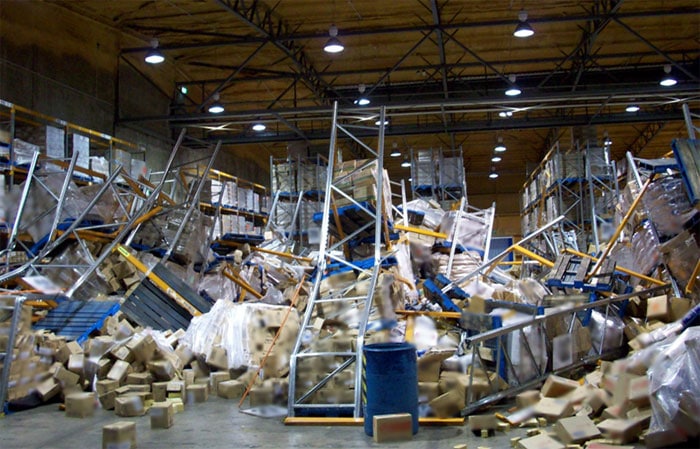A warehouse relocation will mean that your warehouse may be out of action for a period of time. This will especially be the case if you intend to pull down your current warehouse racking and reinstall. The other option is a trade-in of the old racking for new racking. Time is money for your business. Choose a partner with someone who has the ability to move your warehouse with minimal disruption to your supply chain.
Check off questions to answer with your warehouse racking provider include:
1. How long can your warehouse afford to be out of action or partially able to supply orders?
2. Will the relocation need to be coordinated over a weekend?
3. Can you afford it during a working week?
Inventory is an important part of your warehouse move. If this part isn't correctly planned it can result in a significant expense to your business. This is through the damage or loss of stock. Before the warehouse relocation, count the stock. Then when the transportation is complete reconcile the stock to see if there are any discrepancies. The expectation will have to be that some stock will possibly be lost or damaged during transportation. Make allowance in the budget and plan for the damage and loss of stock. This will then ensure that this isn't an unexpected cost of the warehouse move. This process of inventory management can be made easier with a Warehouse Management System (WMS).
Read more about Warehouse Management Systems.The selection of the location of your new warehouse will be a significant one. The location is key to reducing any transportation expenses and increasing the demand response time. The layout and design of your warehouse is the following step of your warehouse relocation. When planning this step you will need to consider the following:
Will it have enough entrance and exit doors to avoid any congestion?
Is there enough floor space for the warehouse fit-out requirement?
Does it fit into your future requirements? To avoid having to move your warehouse again.
Does the warehouse design have the flexibility to accommodate amendments?
Have you made consideration for business expansion?
For every warehouse racking relocation, it's critical that there is a clearly established budget. It will leave no surprise additional costs. Within your budget you should set out costs that are likely, for example:
downtime in your staff's productivity
the operating expense
possible downtime in your shipping and billing
staff relocation
travel
training and,
recruitment if necessary.
It is important for a smooth transition of the warehouse facility. To do this the communication channels between those involved have to be clearly set out. The three main communication levels include the management, the customers and the suppliers.
1. The management must be in touch with staff before, throughout and after the warehouse relocation. If employees don't have clarity around the happenings of the relocation is only increases in uncertainty and rumours. Which can have an impact on staff morale and retention. The staff will be more content if they are actively included in the relocation and their concerns are being addressed.
2. Notification to suppliers of the change of the warehouse address. Clear communication on how they are to work the transportation of the goods throughout the warehouse move.
3. The customers will be the key to communicate with before and during your warehouse relocation. Customers will need to be aware of the upcoming move. So they can expect a delay of deliveries or a cutoff date on orders before the warehouse relocation.

